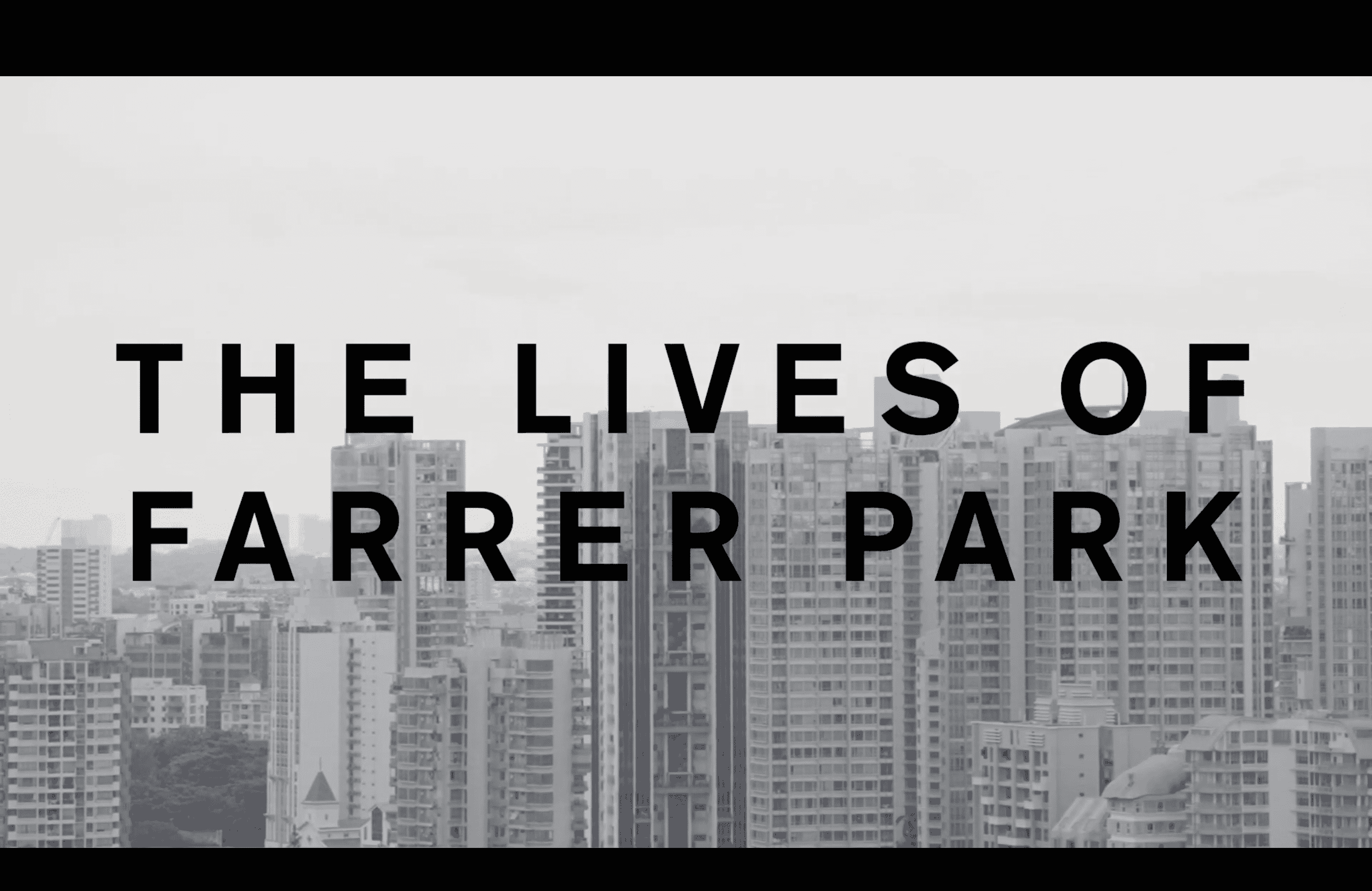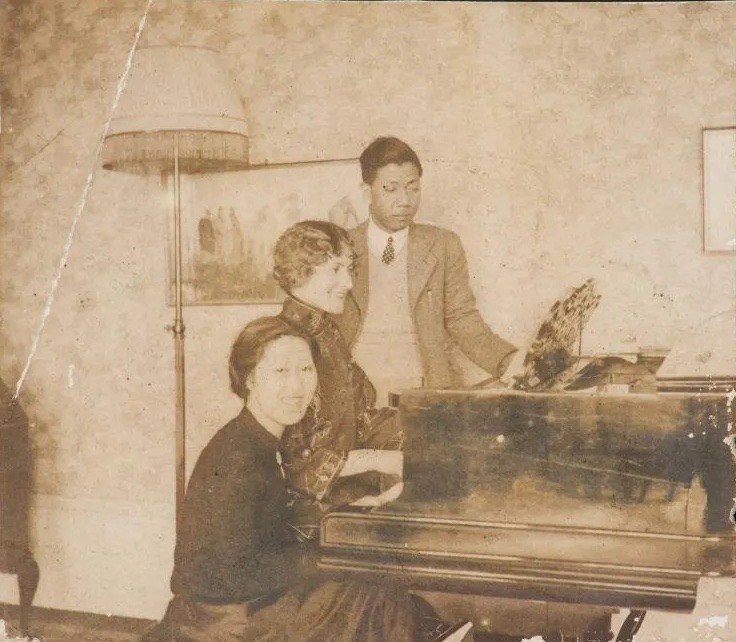These lithographs were made after the drawings of Louis Delaporte (1842-1925), a young naval officer and skilled draftsman who accompanied the 1866-1868 Mekong Exploration Commission. The exploration of the Mekong was one of the most significant expeditions in Southeast Asia in the nineteenth century, taking two years to complete and covering territory of what is now Vietnam, Cambodia, Laos and south China. The principle goal of the expedition was to discover whether the Mekong could be a river trade route to China from the newly-established French territories in south Vietnam. The explorers also documented the landscape, local peoples and cultures, and flora and fauna. While the subject matter of Delaporte's illustrations indicates the scientific aspirations of the expedition, the images actually emphasise picturesque and exotic elements, which created the popular appeal for the published accounts of the expedition. These images demonstrate the intimate connections between exploration, colonialism, representation and the pursuit of knowledge.Delaporte's images were also significant for their representation of the monuments of Angkor, which were not yet well known in Europe. Delaporte became passionately interested in Khmer architecture: in 1873, he returned to Cambodia and made further drawings of Angkor Wat, later publishing his own book on the subject. He collected Khmer objects and made plaster casts of sections of the monuments, which were exhibited in Paris. In 1882 he founded a museum of Khmer and Cham art in Paris: its collection later formed part of the Musée Guimet, Paris.This print - on a larger scale than most of the expedition lithographs - represents the Bayon temple at Angkor. In keeping with the fashionable conventions of picturesque imagery of the time, the view of the monument is framed in the foreground by trees and vines, suggesting the encroachment of the forest.

















